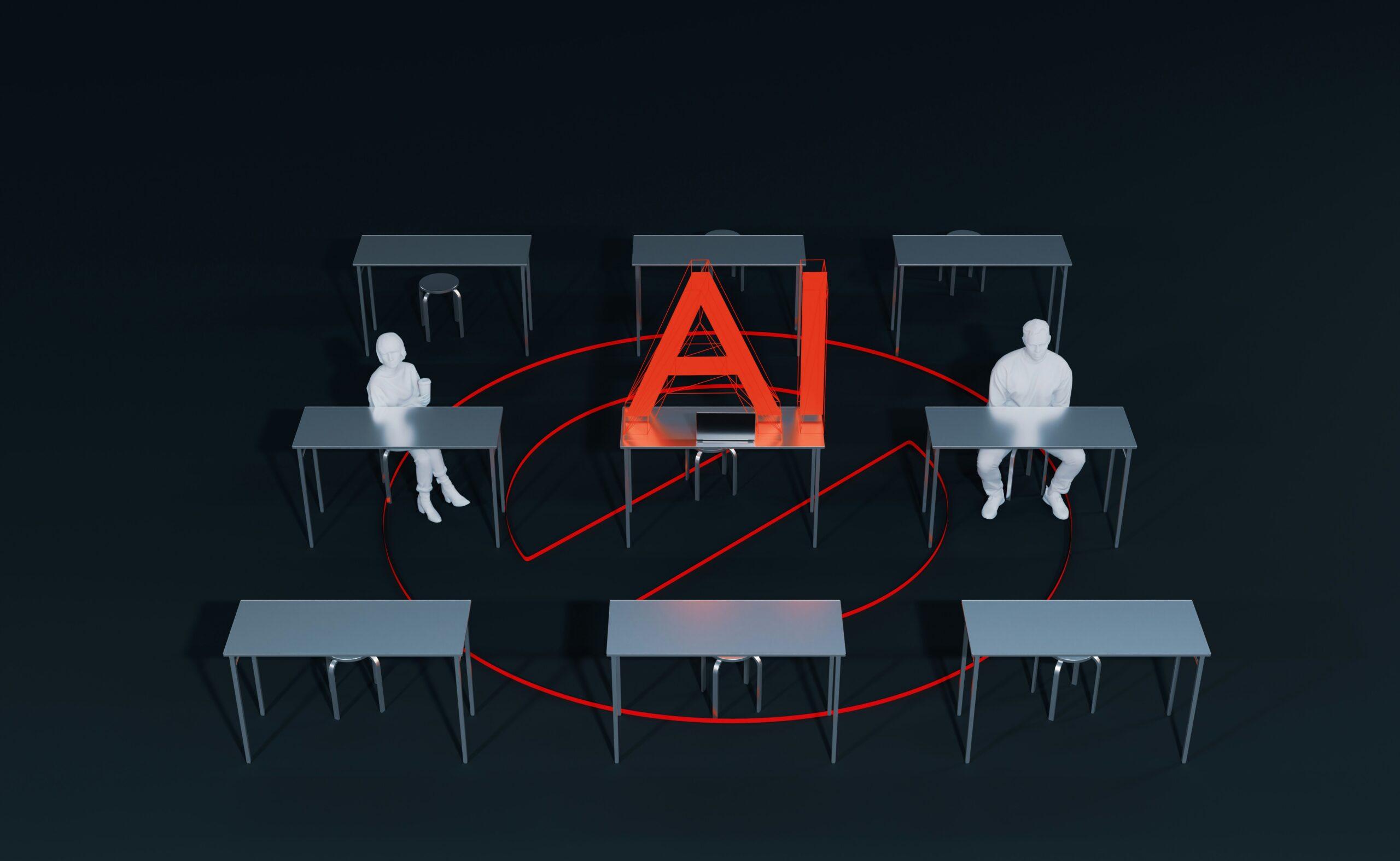
Artificial Intelligence is rapidly transforming the educational landscape from a supplementary tool into an active collaborator. When used as a “think partner,” AI supports teachers in crafting lessons, strengthens the accuracy and relevance of assessments, and helps policymakers design data-informed strategies that serve all learners. This partnership is not about replacing the human role in education but amplifying it—enhancing creativity, precision, and responsiveness.
Collaborating with AI in Lesson Creation
Building effective lessons has always required balancing curriculum demands, student needs, and real-world connections. AI expands these possibilities by acting as a co-planner that can quickly analyze objectives, recommend instructional strategies, and locate diverse learning materials.
Imagine a social studies teacher planning a unit on global trade. AI could provide interactive maps, up-to-date trade data, and case studies from multiple perspectives. It also suggests differentiated activities for varied skill levels, such as simulations for advanced learners or scaffolded reading guides for those needing extra support.
AI’s analytical power allows it to detect learning gaps based on prior student performance, ensuring that lessons directly address areas of need. At the same time, teachers retain creative control, adapting AI suggestions to their classroom’s specific context and culture. This synergy frees educators to focus more on engaging with students and fostering critical thinking.
Making Assessments More Dynamic and Meaningful
Assessments often determine how well students grasp material, but traditional methods can fail to show the complete picture. AI-driven assessments offer adaptability and immediacy, reshaping evaluation into a continuous process rather than a static event.
For example, AI-powered testing platforms can adjust question difficulty in real time, tailoring the experience to each learner’s current understanding. This personalized approach reduces frustration for struggling students while keeping advanced learners challenged.
In addition to grading, AI can generate in-depth feedback, highlighting specific skills that need reinforcement and suggesting targeted resources for improvement. Teachers benefit from these insights, which they use to make data-driven decisions about lesson pacing and content emphasis. This creates a feedback loop where teaching and learning continuously evolve based on objective evidence.
Strengthening Educational Policy through AI Insights
Policymakers face the challenge of making decisions that have long-term implications for entire education systems. AI offers a way to approach these decisions with greater accuracy and foresight. By processing large datasets—including academic performance records, socioeconomic statistics, and attendance patterns—AI can identify trends, predict outcomes, and highlight areas requiring urgent attention.
For instance, before implementing a new early literacy program, AI can model its potential impact across districts with varying resources. This allows leaders to anticipate which communities might need extra support and to allocate funding accordingly. It can also reveal systemic inequities, enabling targeted interventions to close achievement gaps.
The result is a proactive, equitable policy, grounded in solid evidence rather than assumption.
Maintaining Human Values in AI Integration
Ethical considerations must guide the integration of AI into education. Bias in training data can lead to skewed recommendations, making transparency and oversight essential. Educators and policymakers need clear insight into how AI systems generate their outputs to ensure fairness.
Access is another critical factor. AI could widen the gap between well-resourced and under-resourced schools without intentional investment in infrastructure and training. Providing equitable access to technology and professional development ensures that the benefits of AI are shared by all students, not just a privileged few.
Equally important is preserving the human element. Education thrives on empathy, mentorship, and the ability to inspire—qualities that remain uniquely human. AI should enhance these aspects by freeing educators from routine tasks and enabling them to focus on relationship-building and personalized support.
Looking Ahead: A Balanced Partnership
The future of education will be shaped by the thoughtful collaboration between human insight and AI’s analytical power. In classrooms, AI will inspire richer, more personalized lessons. Assessment will create fairer, more responsive evaluations. In policymaking, it will provide the clarity needed to build systems that are both effective and equitable.
By embracing AI as a think partner rather than a replacement, education can evolve into a more adaptive, inclusive, and forward-looking endeavor. The challenge—and the opportunity—lies in ensuring that as we integrate AI, we preserve the heart of education: the human connection that drives learning forward.